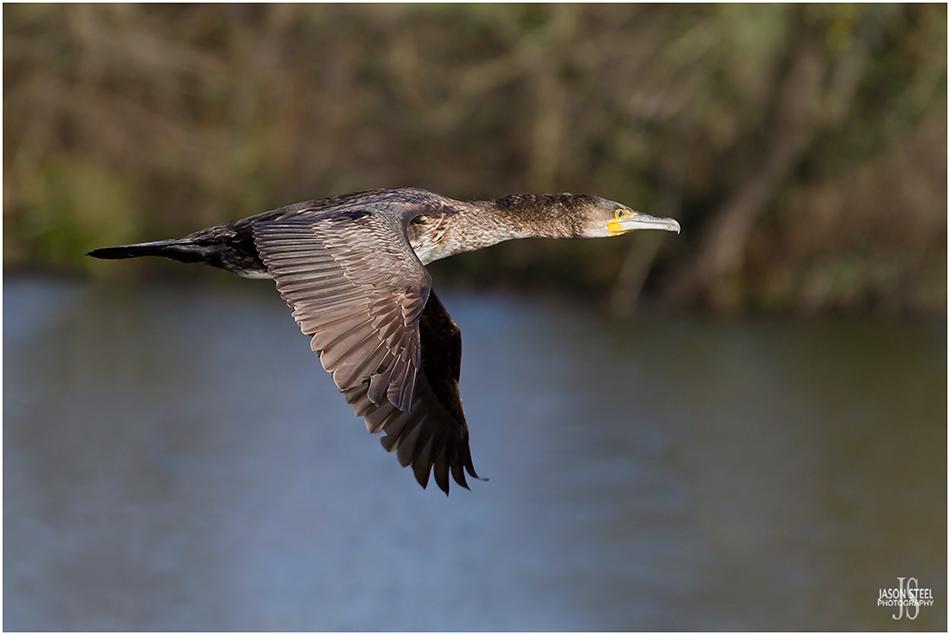
Cormorant (Phalacrocorax carbo)
This large waterbird once confined to coastal sites is now commonly seen further inland on lakes and reservoirs especially during the winter months when the UK has large numbers of over-wintering visitors. These birds are superb at fishing and are very competent swimmers. They will often leap into the air as they dive and disappear under the water for great lengths of time whilst they actively seek out their fish prey. They are capable of eating quite considerably sized fish and they have a vivacious appetite which often earns them the reputation of being "greedy birds".
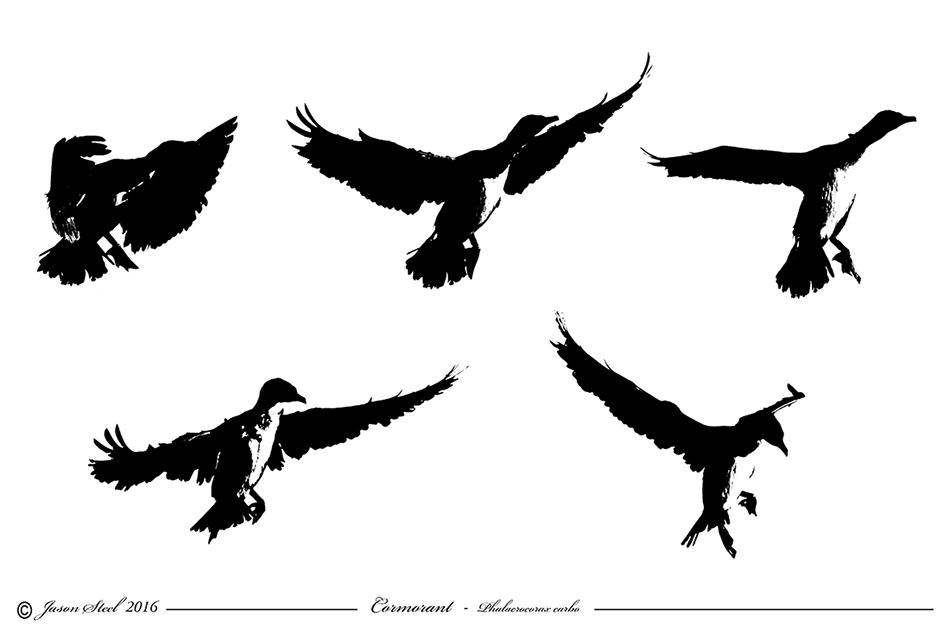
The Cormorant does not have water-proof plumage so they are often seen with wings out-stretched drying in the sun. This lack of water-proof coating on their feathers allows the Cormorant to dive deeper than would otherwise be possible. These large fish-eaters are hated by fishermen and there are good arguments that these coastland birds should be discouraged from spreading inland where they can rapidly decimate a fish population leaving nothing for smaller fish-eating birds to prey on. Despite this numbers of Cormorants continue to rise in the UK and some fisheries actively encourage people to shoot Cormorants.
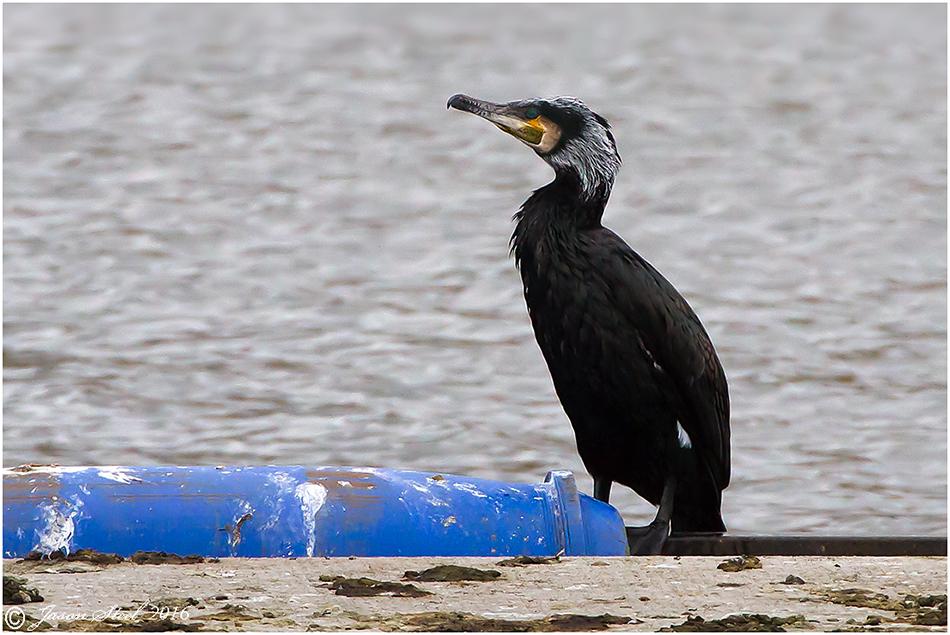
The Cormorant has an ancient and prehistoric looking appearance and is sometimes described as almost reptilian.
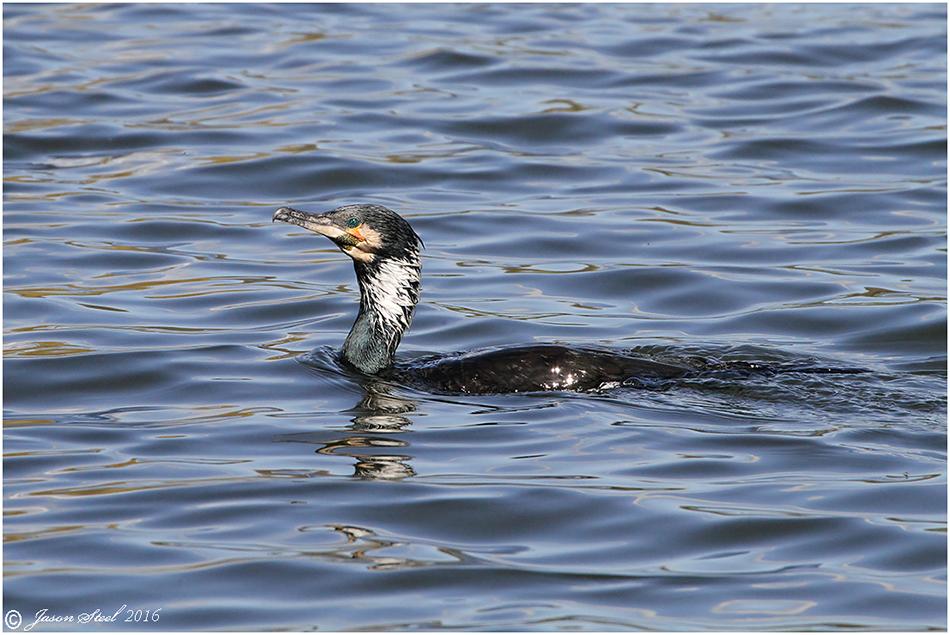
When swimming on the water's surface it is common for the Cormorant to swim quite low down with much of its body submerged. Swimming in this manor gives the impression of a far smaller bird until they take flight.
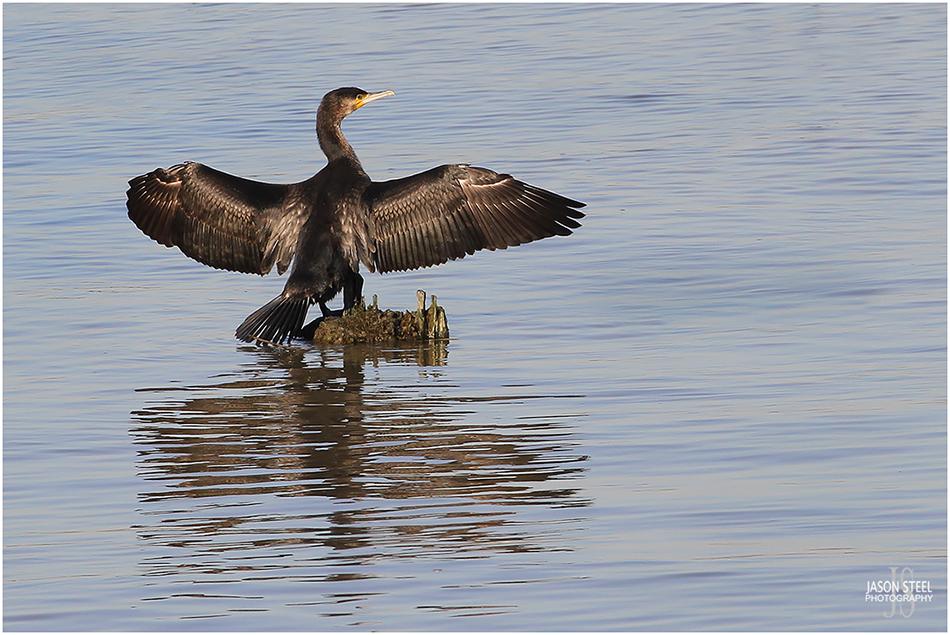
Cormorants are often seen basking with their wings extended in this fashion.
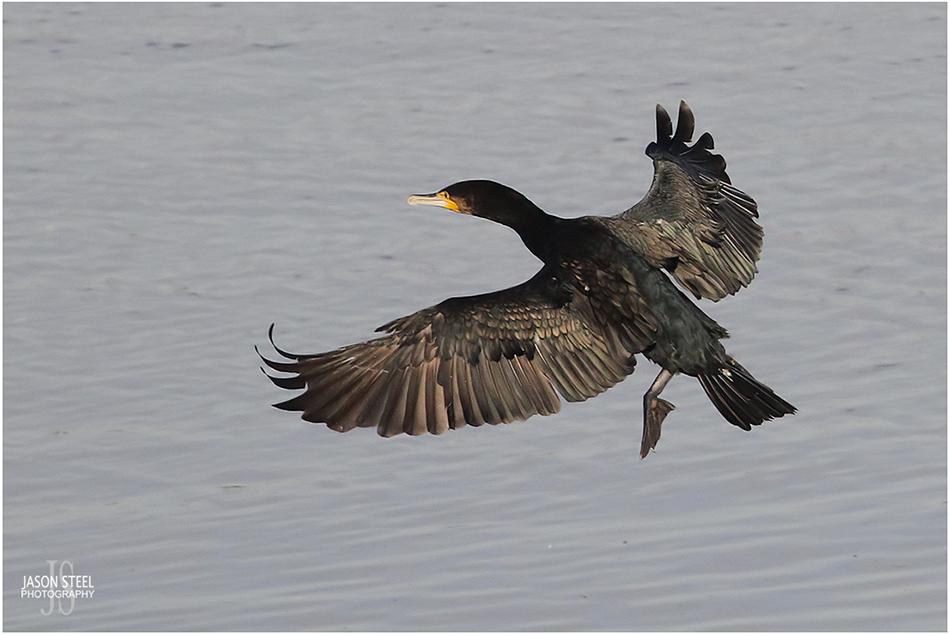
Cormorant in flight.
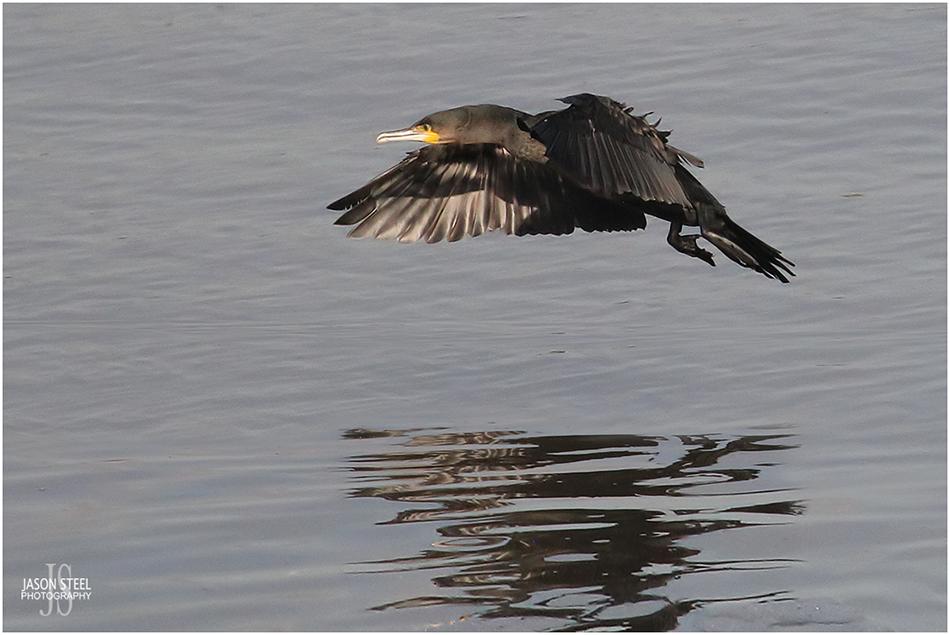
Cormorant in flight.
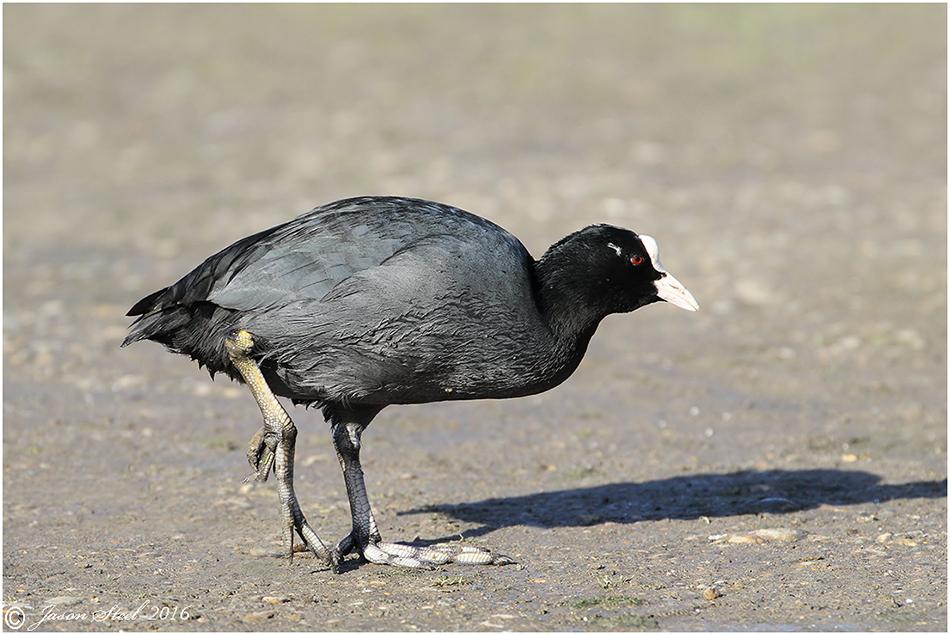
Eurasian Coot (Fulica atra)
Slightly larger than the Moorhen at 37cm in height and with a 75cm wingspan, but they're similar in shape. The Coot is sooty grey / black with a white bill and forehead and weighs around 600-900g. This waterbird is common across the whole of the UK except for the North of Scotland. The Coot can be found at most freshwater sources and is occasionally found on the coast when inland waters are frozen. Large numbers of Coots over-winter in the UK. Juveniles tend to be grey / brown with a white throat. Much of the Coot's diet is made up from aquatic plants and grasses but they will also feed on snails, invertebrates and larvae found on the bed of ponds, lakes or streams. There are believed to be around 31,000 breeding pairs in the UK and around 190,000 birds that overwinter here.
LINK 1 Watch video by Mark Barkan
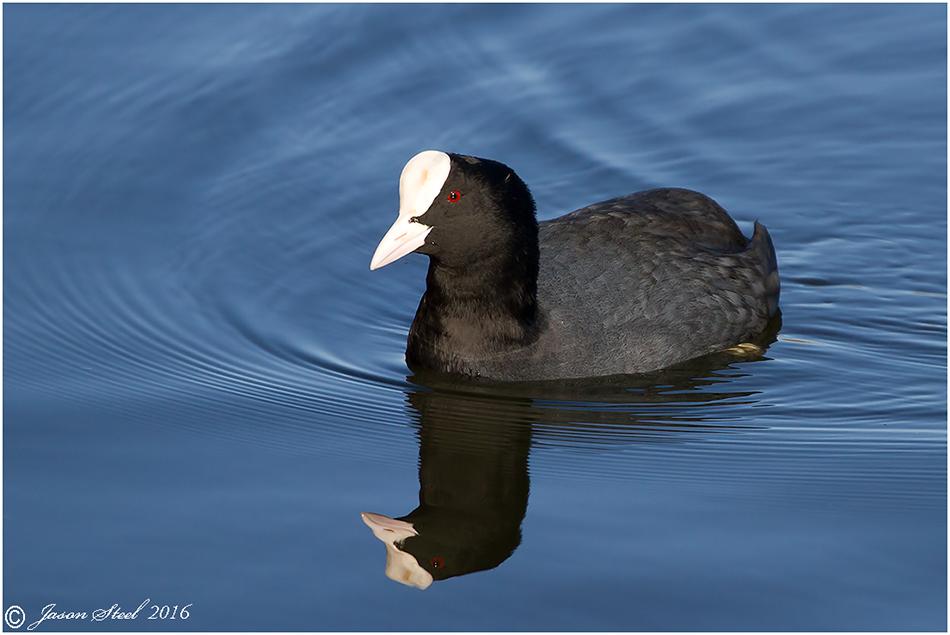
Eurasian Coot
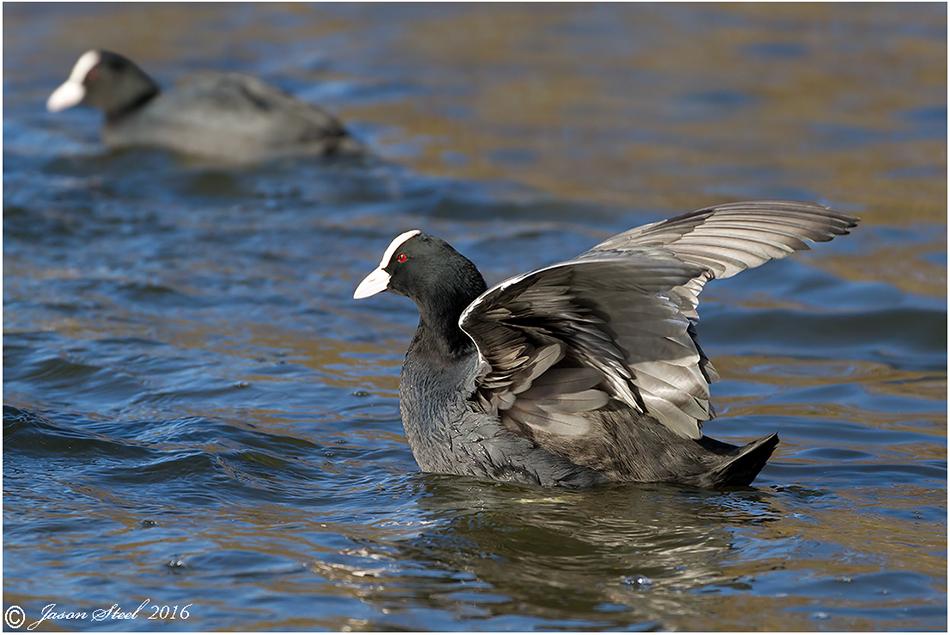
Eurasian Coot
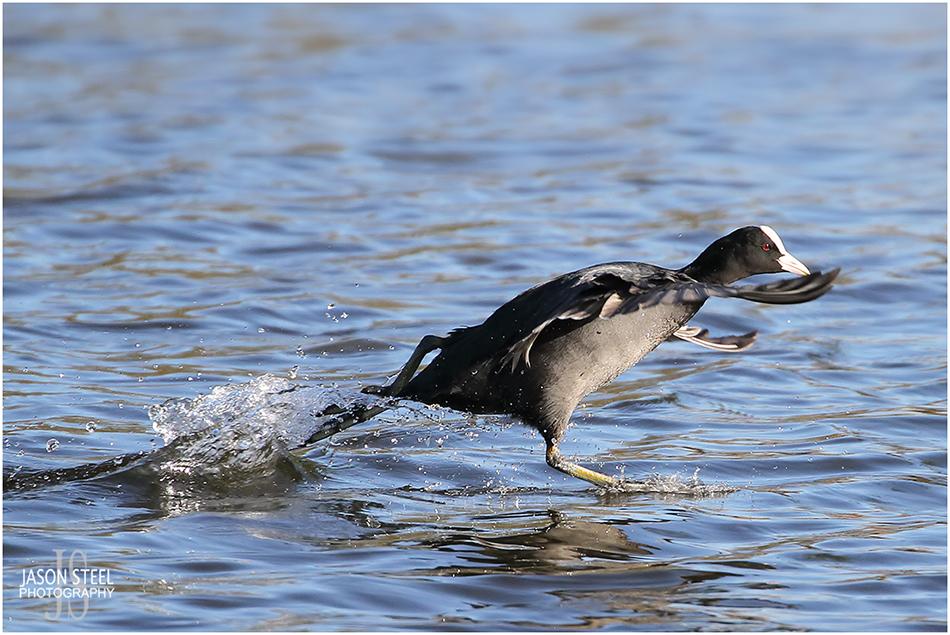
Eurasian Coot
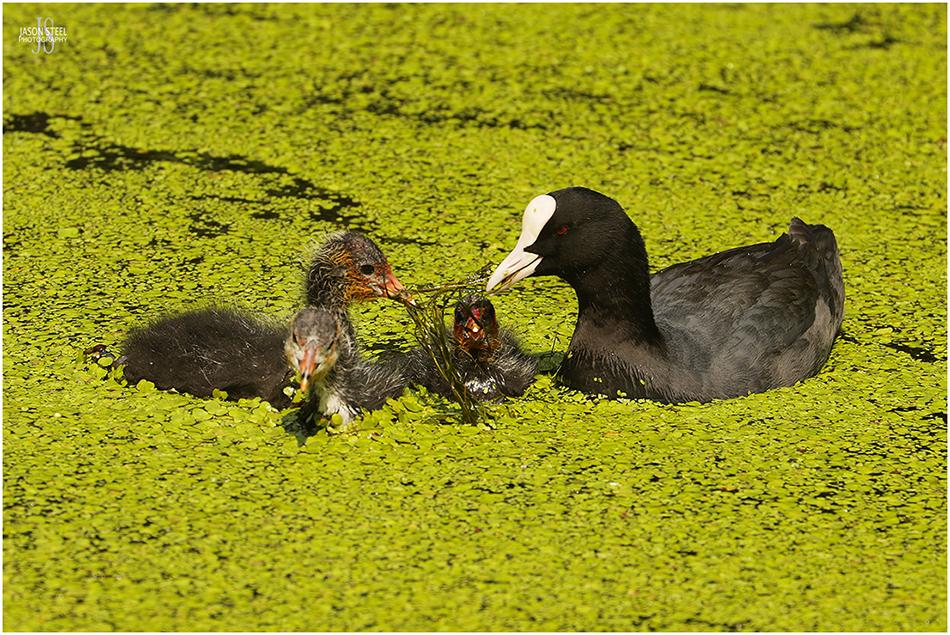
Eurasian Coot feeding pond weed to chicks, Regents Canal July 2021
The chicks of the Eurasian Coot are far from pretty and feature a messy black coat with red colouration to the beak and feathers around their head. They noisily follow the parent birds whilst squawking for food. The parents dive beneath the water's surface to gather pond weed which the chicks eagerly take from their mouth.
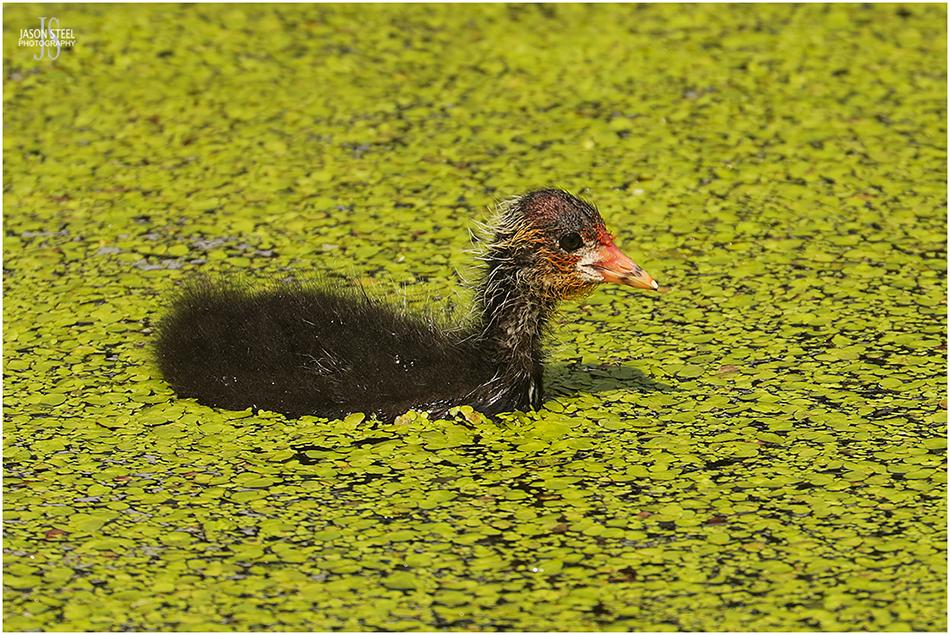
Eurasian Coot chick, Regents Canal July 2021
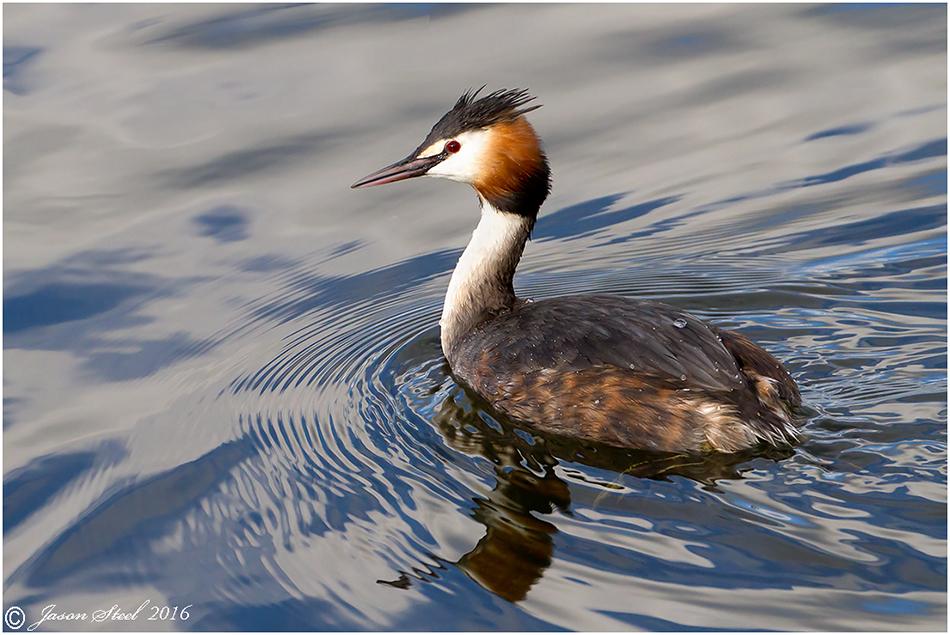
Great Crested Grebe (Podiceps cristatus)
The Great Crested Grebe is the largest of the European grebes and is a graceful waterbird with beautiful plumage and ornate head dressing. On land though the graceful movements on water are replaced by an awkward clumsiness. This bird was once almost hunted to extinction in the UK but has made significant recovery and can now be found sparsely across most of England and Wales. Like the Cormorant these birds dive under water to fish for their prey as well as often using this method to evade capture rather than flying. In some countries the beautiful bird is still hunted for food.
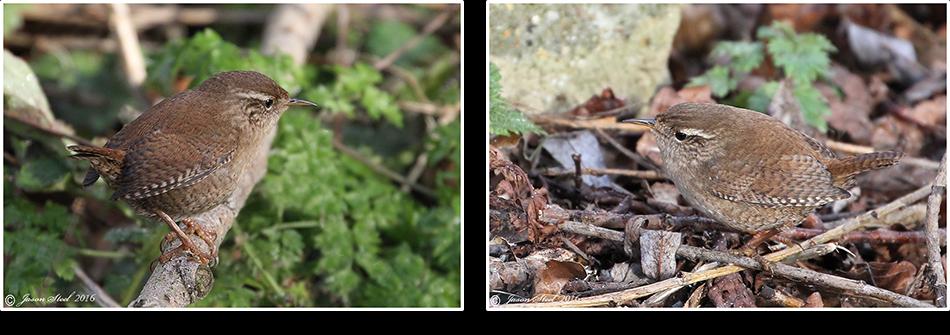
Wren (Troglodytes troglodytes)
The Wren is commonly found across the UK particularly at woodland and farmland sites. It is a very small brown bird with short wings, a round body, long legs and a very short tail which is often turned upwards. It is often seen foraging on the ground in woodland or under bushes.
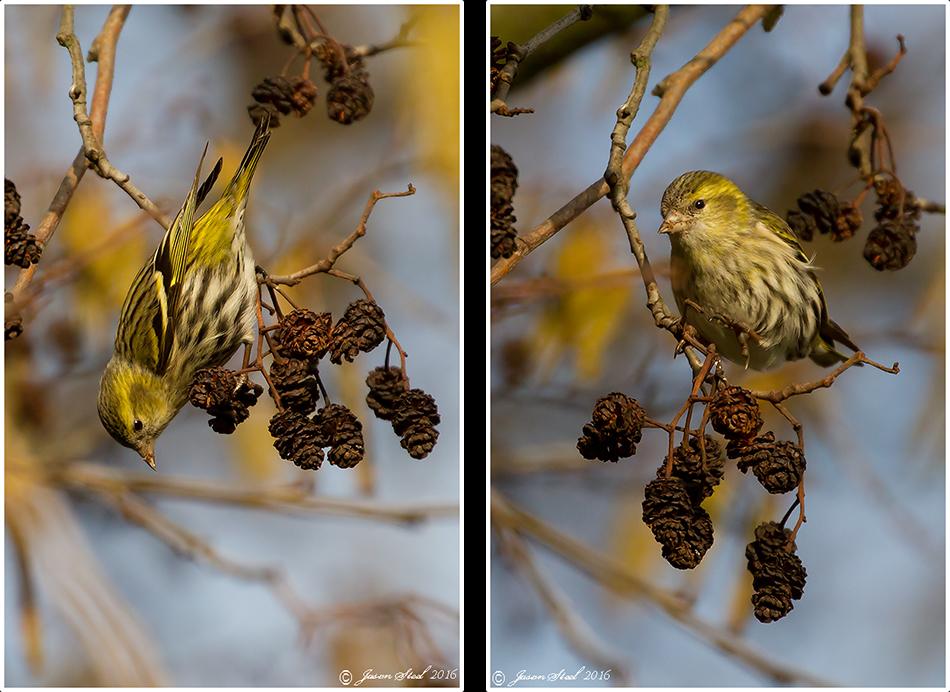
Siskin aka Eurasian / European Siskin (Carduelis spinus)
The Siskin is one of the UK's smallest finches. It has a predominantly yellow plumage with black markings. Females can appear more green than yellow though. They have a relatively long bill for a finch, as well as a forked tail. Siskins may visit gardens in the winter when peanuts are put out on bird feeders for them. They also feed from the seeds of deciduous trees such as Birch and Alder during the autumn and winter as in the photos above. When food is available these colourful finches are usually found in coniferous woodland, especially Spruce. They are acrobatic feeders and are frequently observed hanging upside down to feed on seeds. They avoid feeding from the ground where possible but when they are rearing young they will eat more insects, especially beetles to provide more protein for the growing chicks.
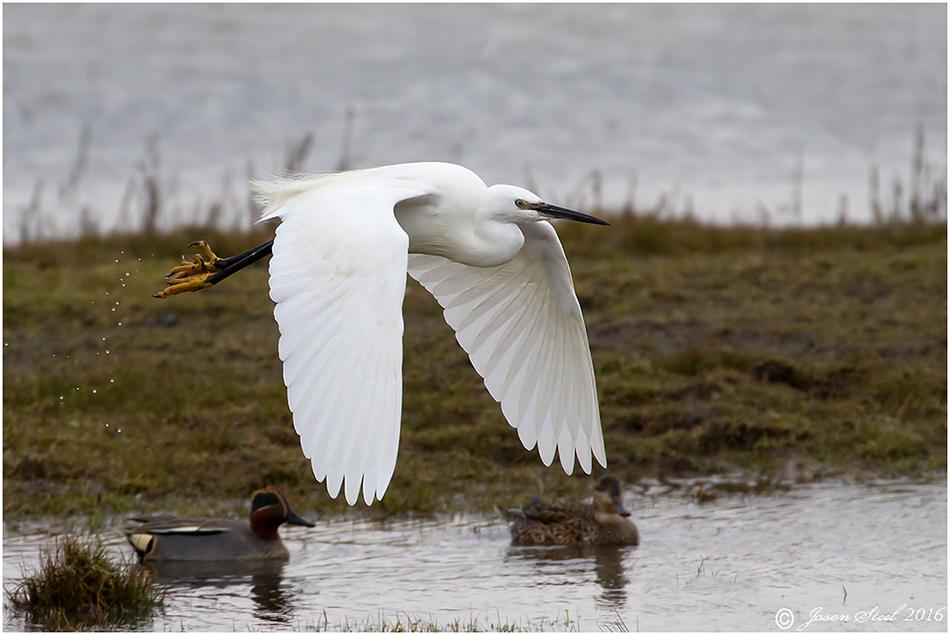
Little Egret (Egretta garzetta)
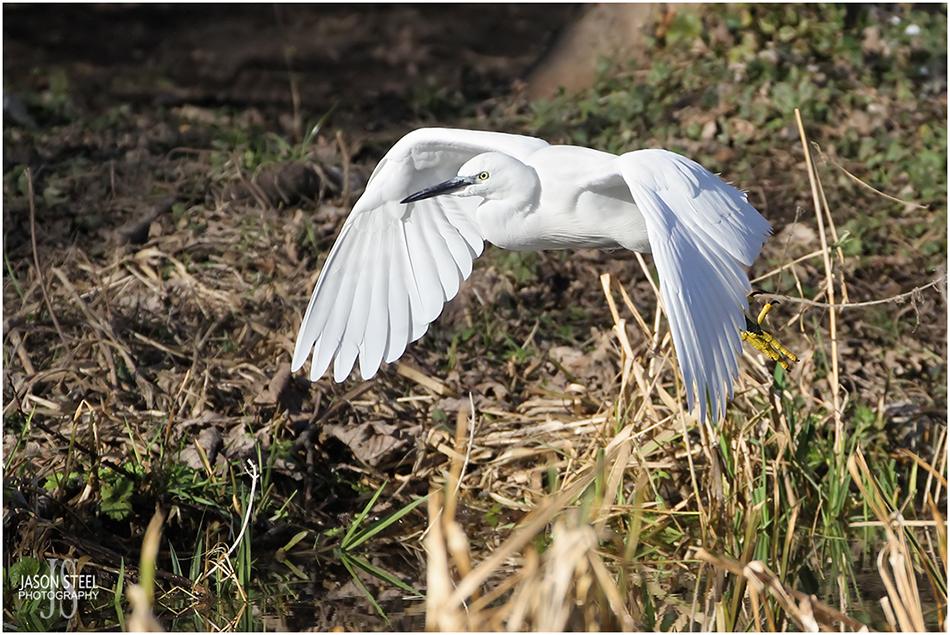
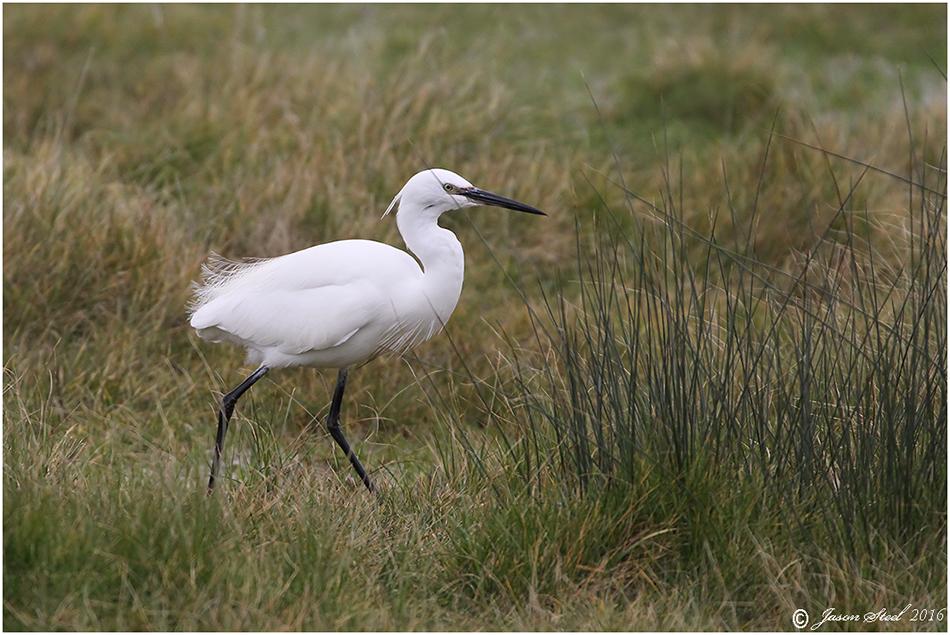
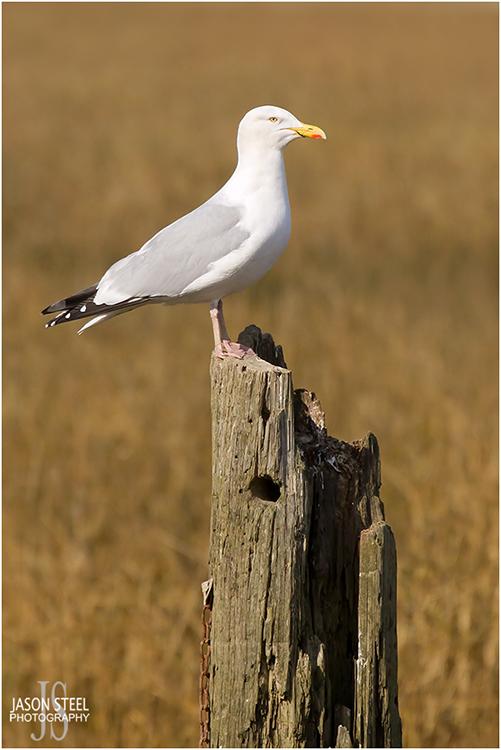
Herring Gull (Larus argentatus)
These are the largest of UK Gulls. These gulls can grow to over 65cm in length with a wing-span of up to 150cm. These are the typical "sea gull" and are usually found at coastal towns. They can also be seen at estuaries, lakes and at rubbish dumps. One identifying feature of this gull is the red spot seen on the lower half of their bill. These gulls are easily confused with the recently re-classified and very similar looking Yellow-Legged Gull (Larus michahellis), which until recently was considered to be a type of Herring Gull. Herring Gulls have been on the decline in number in recent years and are now on the Red List. It's not sure why the numbers of Herring Gulls found, especially in winter, is falling so drastically. Herring Gulls are highly ominivorous and will feed on almost anything including carrion, offal, seeds, fruits, young birds, eggs, small mammals, insects and fish.
A remarkable video was uploaded on Facebook in 2020 showing a Herring Gull swallowing a young rabbit whole! (excuse the foul language) - LINK
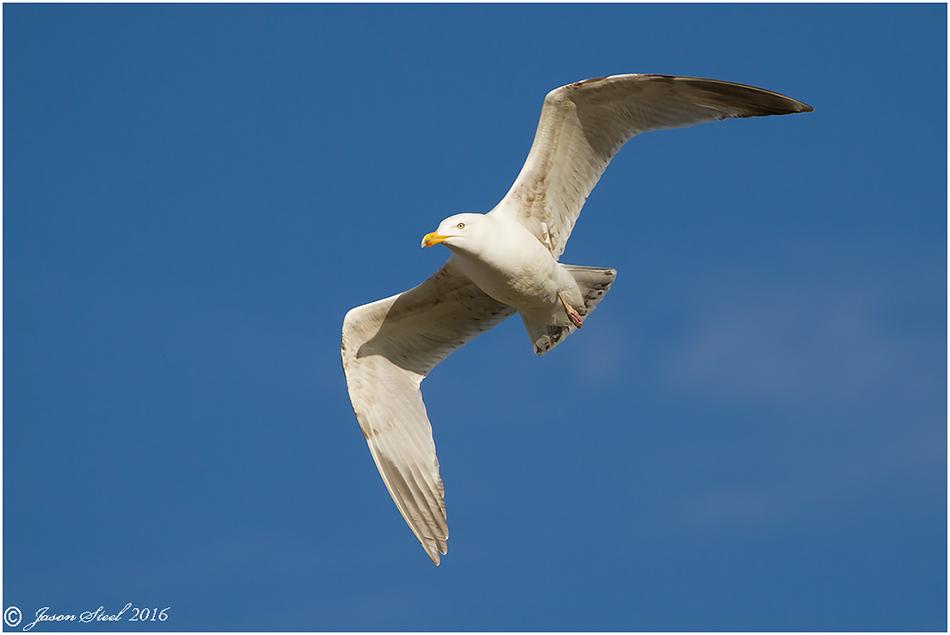
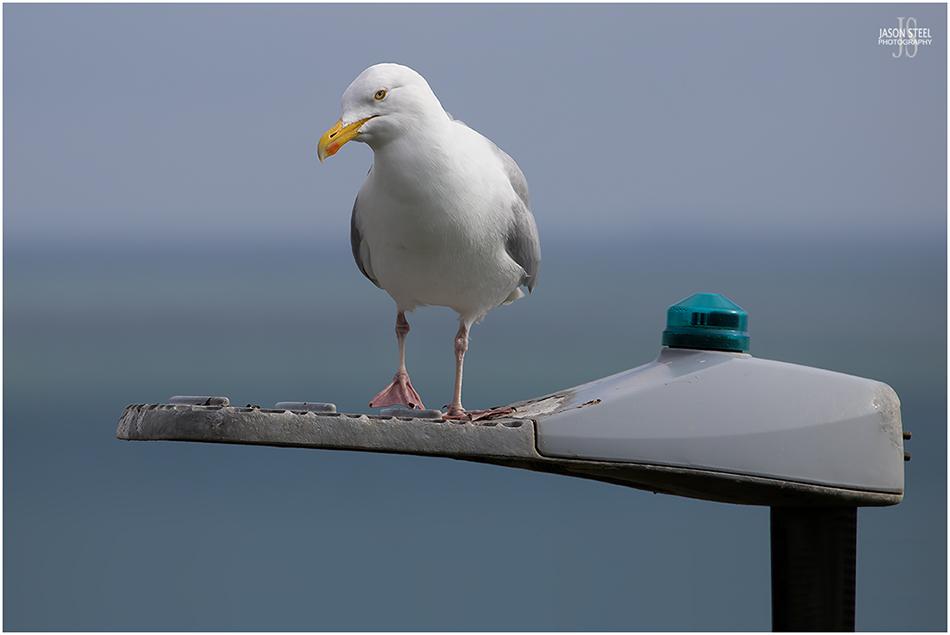
Herring Gull perched on the top of a post in Hastings, 3rd April 2021
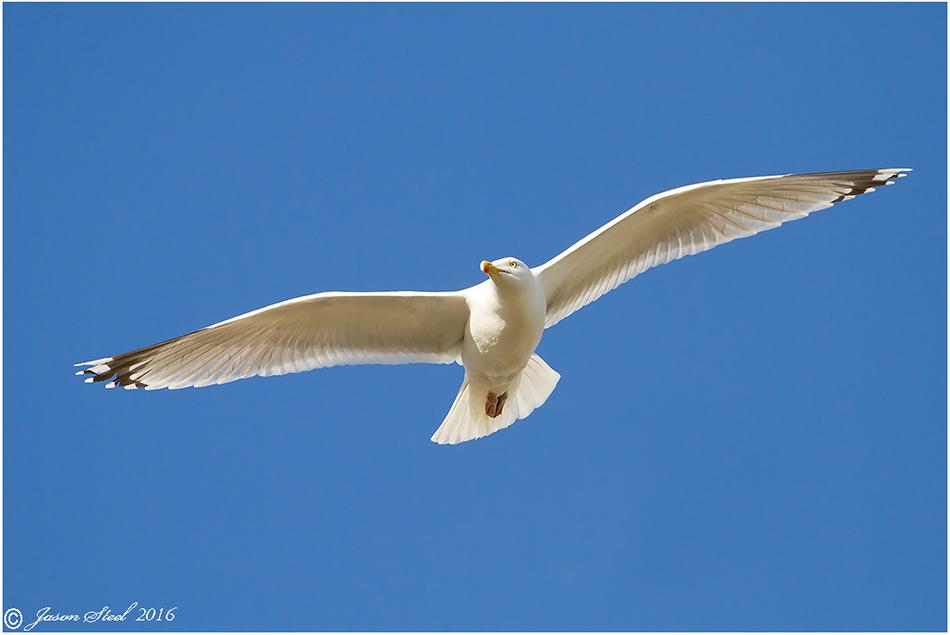
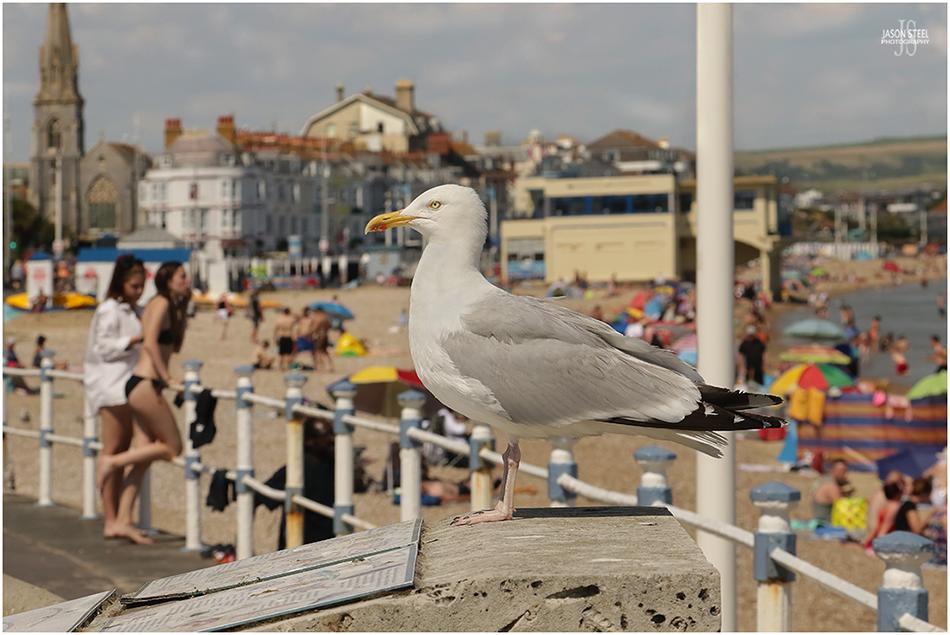
Herring Gull at Weymouth Beach, 19th July 2021.
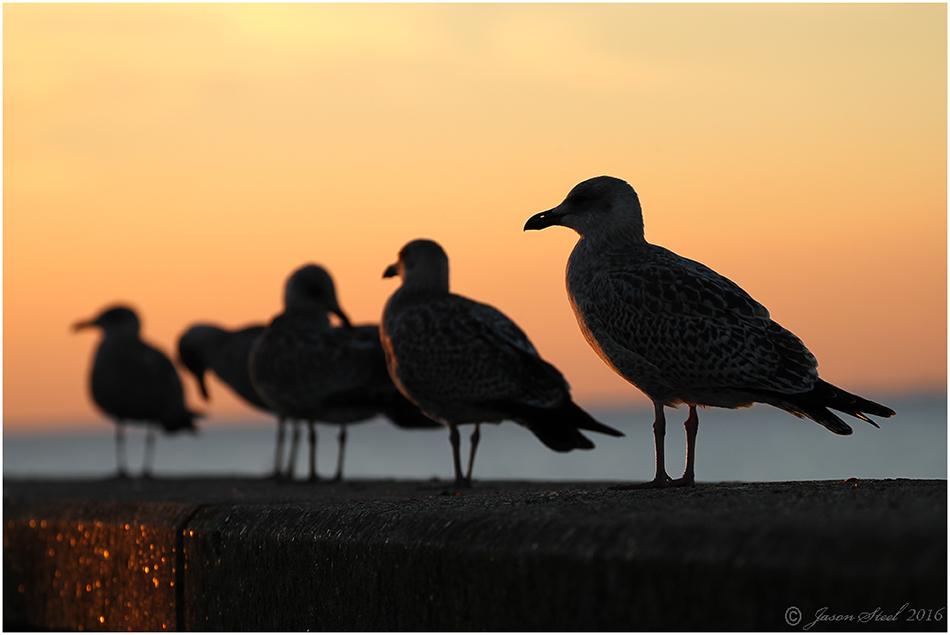
Sub-Adult Herring Gulls at sunset - Herne Bay, Kent.
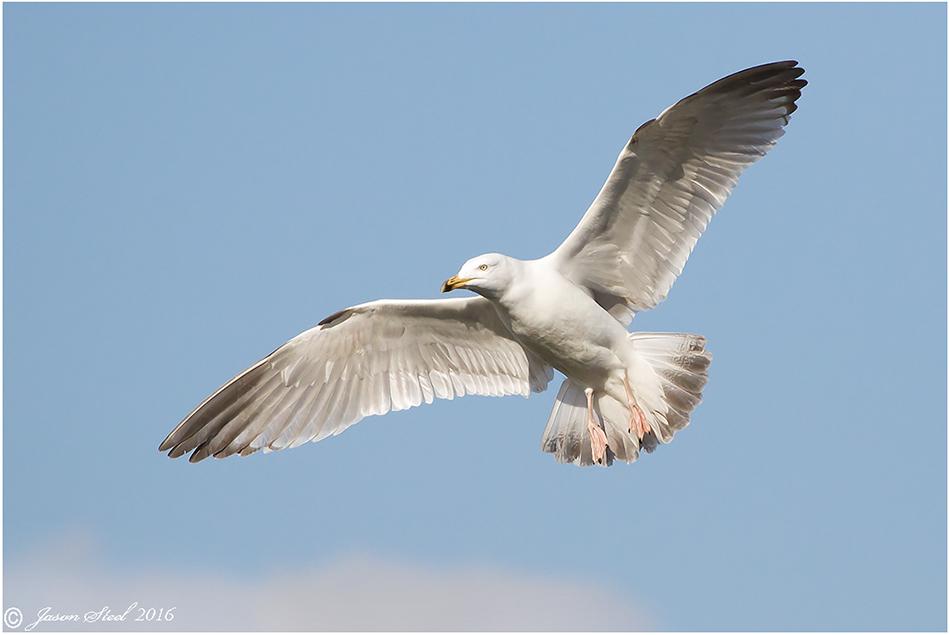
Common Gull (Larus canus)
Larger than the Black-Headed Gull, these gulls are usually 40-45cm in length with a wing-span of around 120cm. They are usually found at coastal towns, lakes, rivers and moors. They are also often seen on school sports fields. They have a habit of walking on the spot to mimic the sound of rain falling in order to bring worms to the surface.
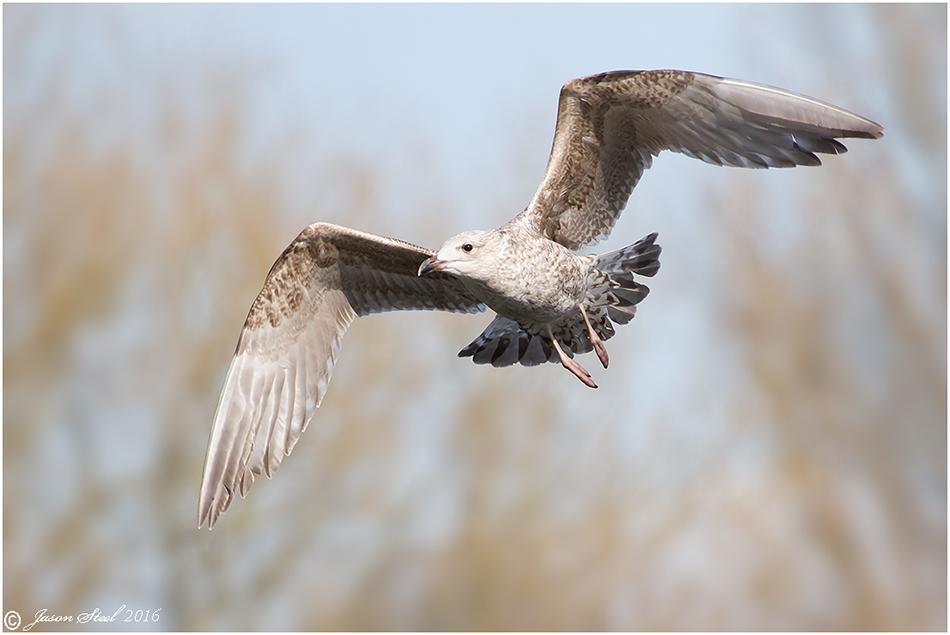
Juvenile and sub-adult Common Gulls have light & dark brown plumage. They quickly reach adult size but take 3 years to reach maturity. Nests are usually made on the ground or in small trees and eggs are laid in batches of three which take 22-28 days to incubate.
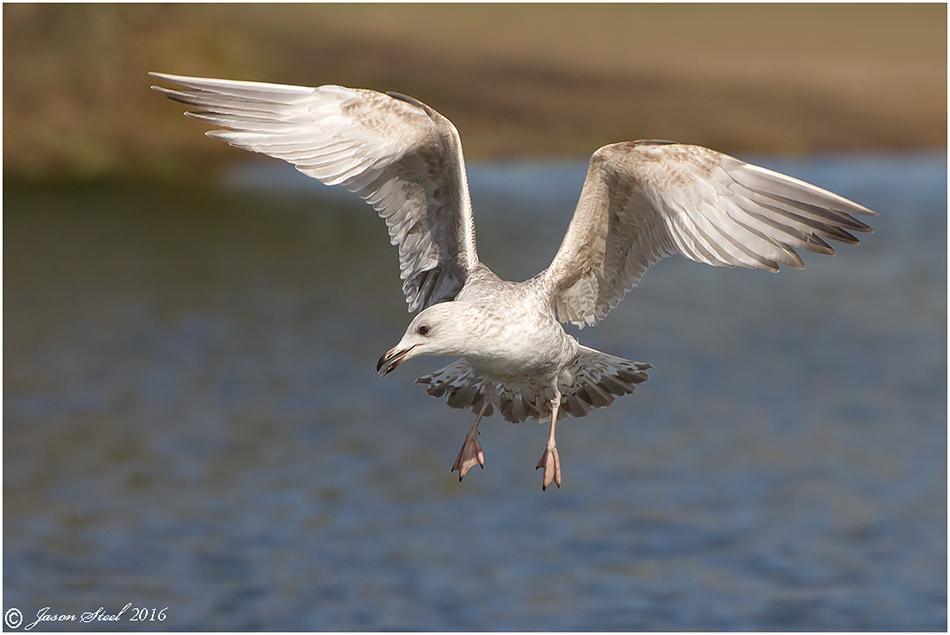
The average lifespan of a Common Gull is about 10 years however through ringing some have been known to live for over 27 years in the wild.
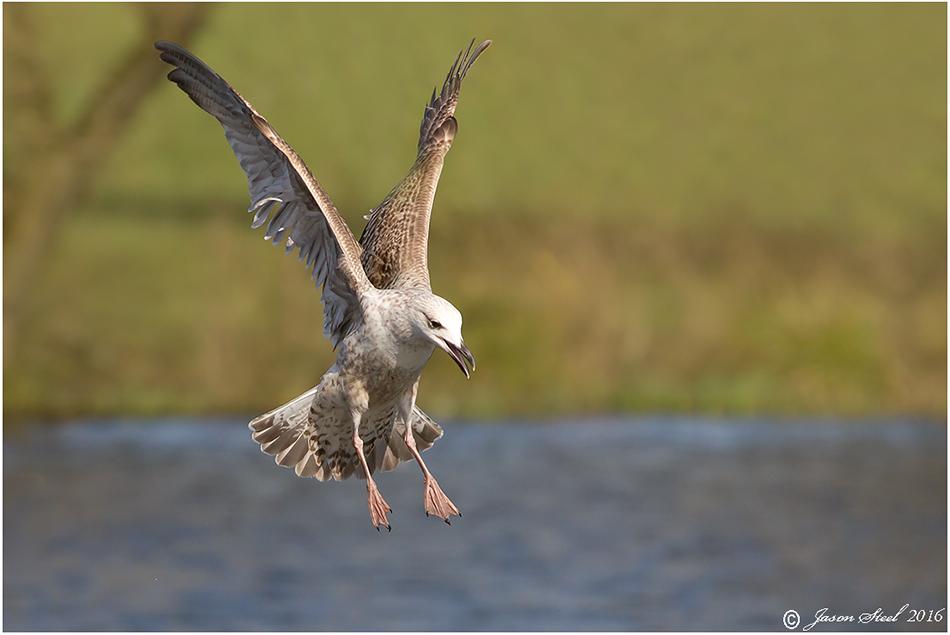
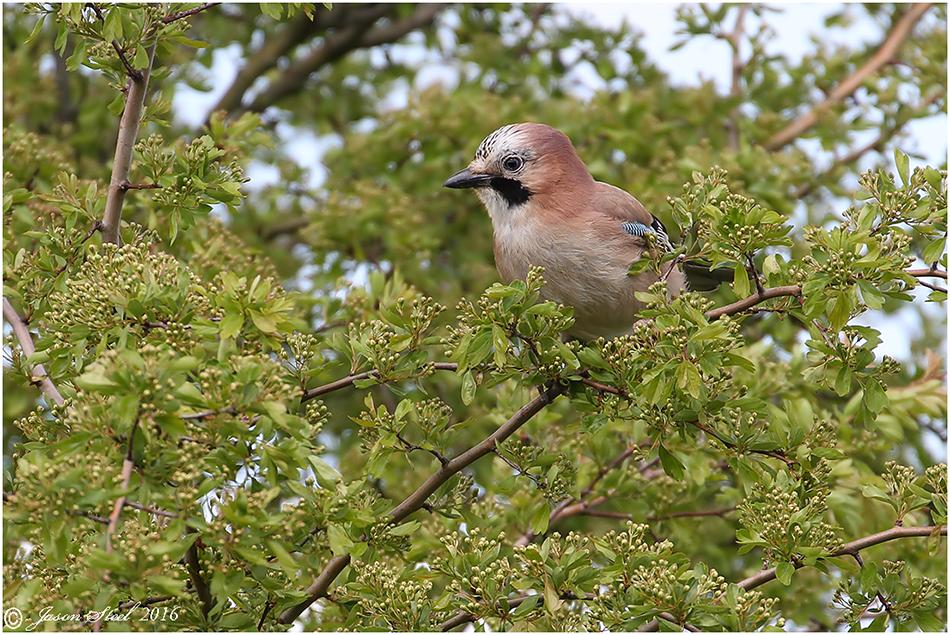
Jay (Garrulus glandarius)
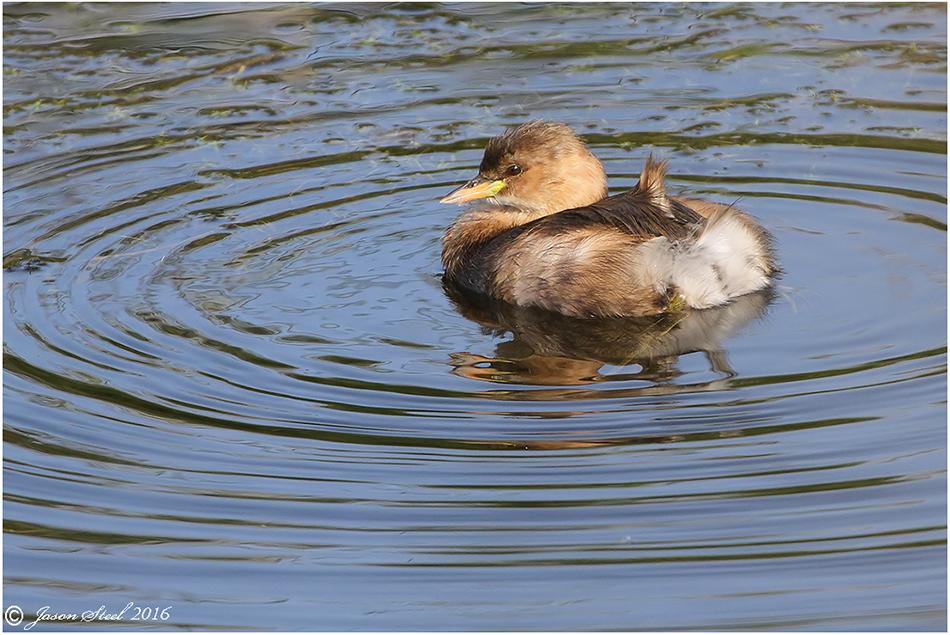
Little Grebe - aka Dabchick (Tachybaptus ruficollis)
A small Grebe often seen with a fluffy rear-end. It dives for insects and small fish and will often also dive when disturbed, resurfacing some distance away. Seen in lakes, esturies and slow moving water across the UK.
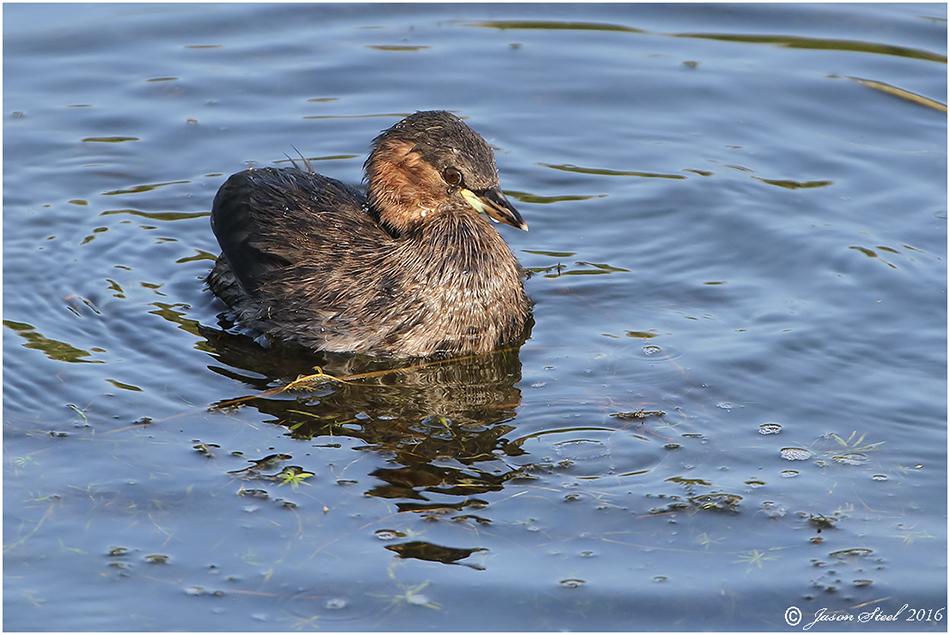
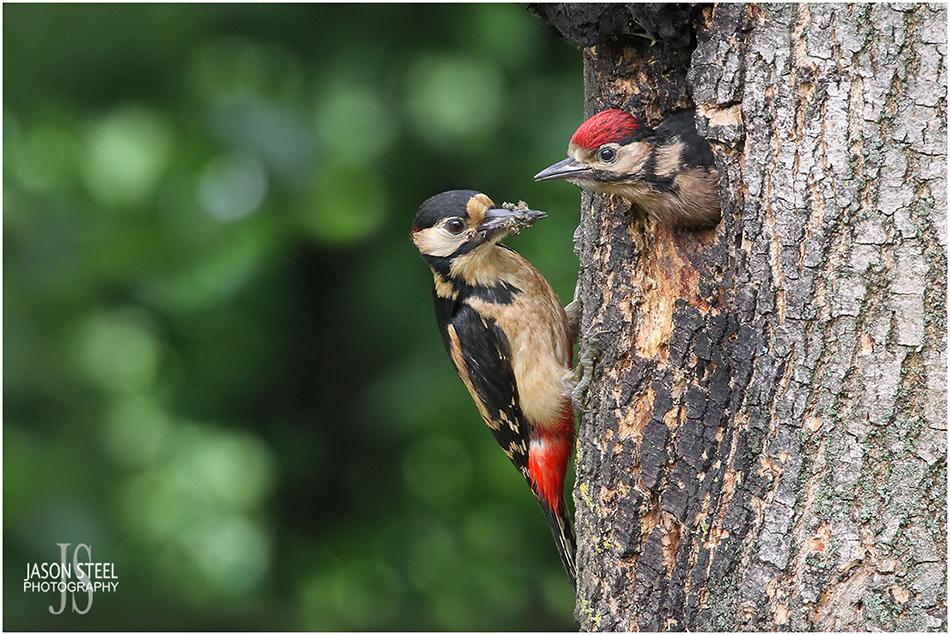
Adult male Great Spotted Woodpecker bringing food to its chick. 29th May 2017.
Great Spotted Woodpecker - (Dendrocopos major)
In the UK we have three woodpecker species, the Great Spotted Woodpecker, Lesser Spotted Woodpecker and the Green Woodpecker. Identifying the Green Woodpecker is easy because of its green colouration, but telling the Spotted Woodpecker species apart can be difficult. The Great Spotted Woodpecker is about the size of a Starling, whereas the Lesser Spotted Woodpecker is about the size of a Sparrow. Great Spotted Woodpeckers have a large red patch on their underside or lower abdomen which the Lesser Spotted Woodpecker doesn't posses. The confusion occurs with young Great Spotted Woodpeckers because they have a red cap which they will lose as they age, but adult Lesser Spotted Woodpeckers retain this red cap in adulthood. The British Trust for Ornithology has a great short video to help identify Spotted Woodpeckers which can be seen here.
The male Great Spotted Woodpecker can be identified by a flash of red on the back of its head that is not found on the female.
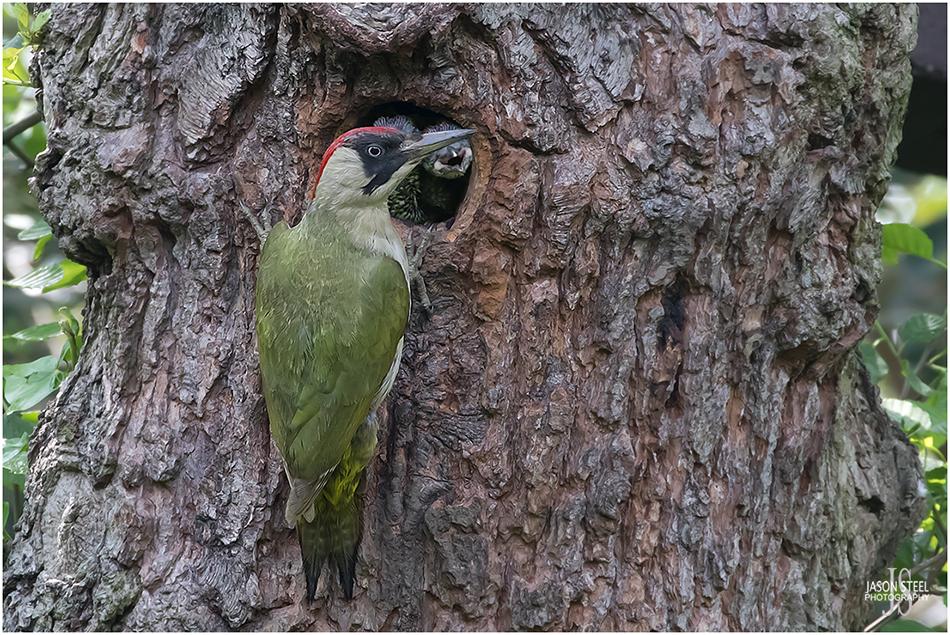
Adult female Green Woodpecker bringing food to its chicks at a local park in SE London 5th June 2021.
Green Woodpecker - (Picus viridis)
The Green Woodpecker is the largest of our three woodpecker species and is unmistakable with its dark green plumage, pale yellow / white breast and yellow hind. Both sexes have a red cap and black cheeks, but only males have a red streak below their cheeks. The main diet of the Green Woodpecker is ants and these birds can often be seen searching at ground level in fields, meadows and parks close to woodland habitat. Other insects also supplement their diet too.
Whilst common throughout England and Wales the Green Woodpecker is not found in the north of Scotland or Ireland. Green Woodpeckers are known for their distinctive and frequent "yaffle" call, which they use to announce their territory. The typical drumming associated with woodpeckers is not as loud or persistent with the Green Woodpecker as with the other two British woodpecker species.
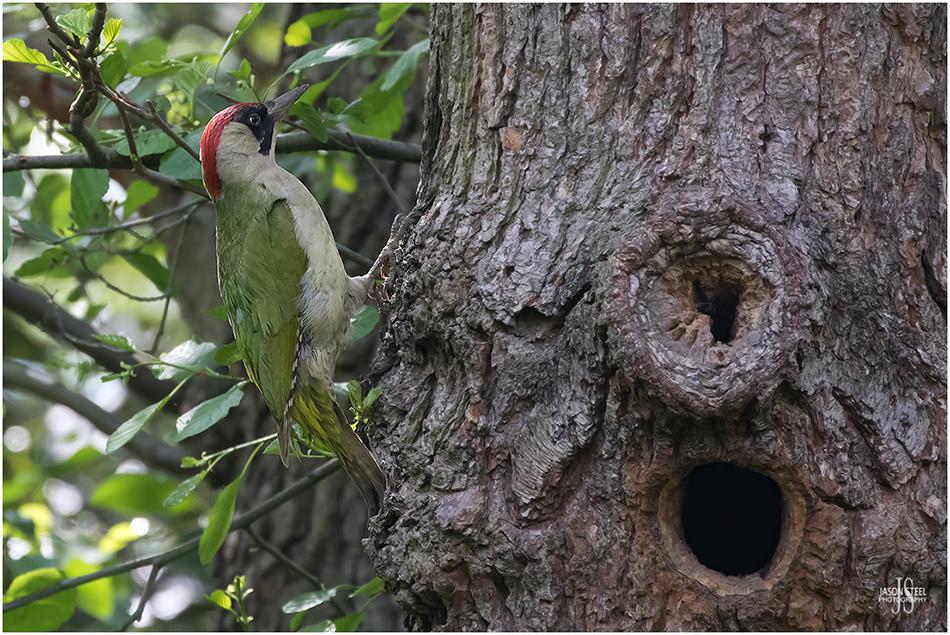
Adult female Green Woodpecker bringing food to its chicks at a local park in SE London 5th June 2021.
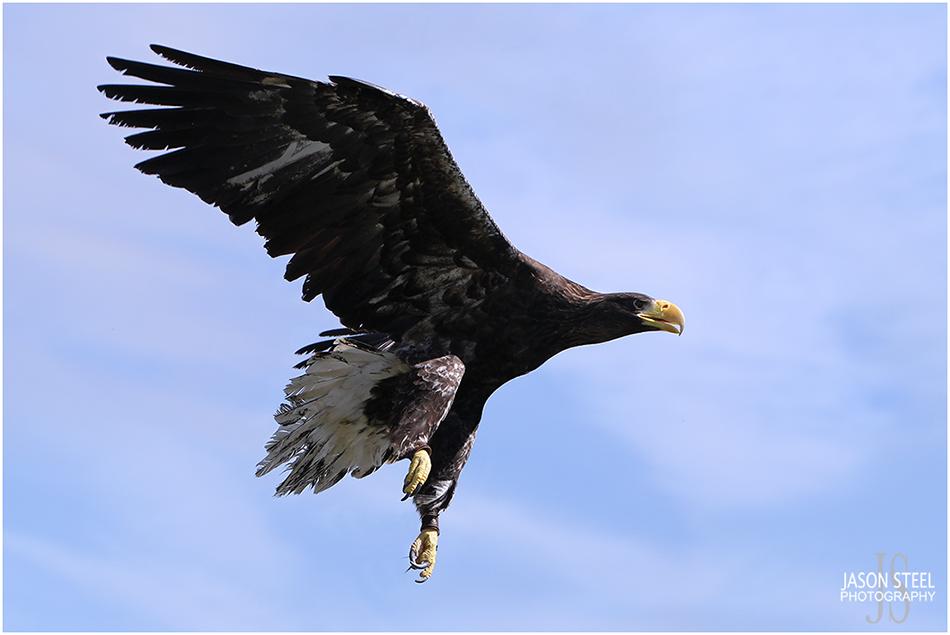
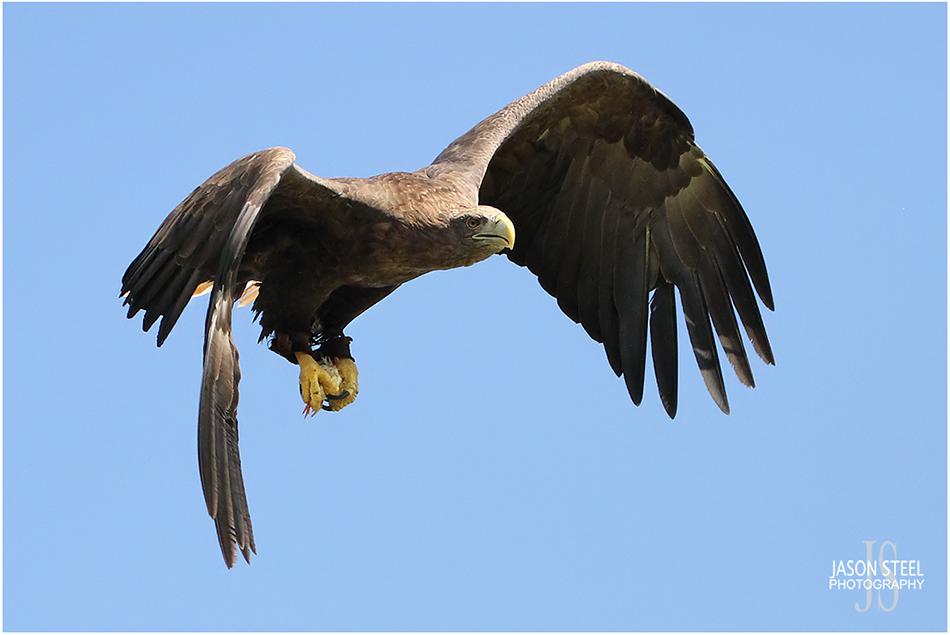
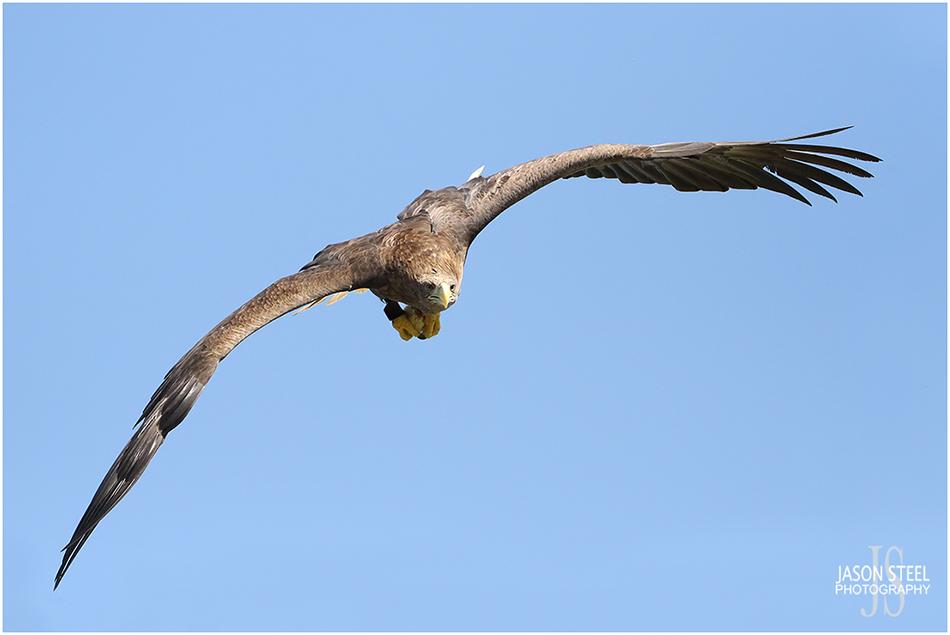
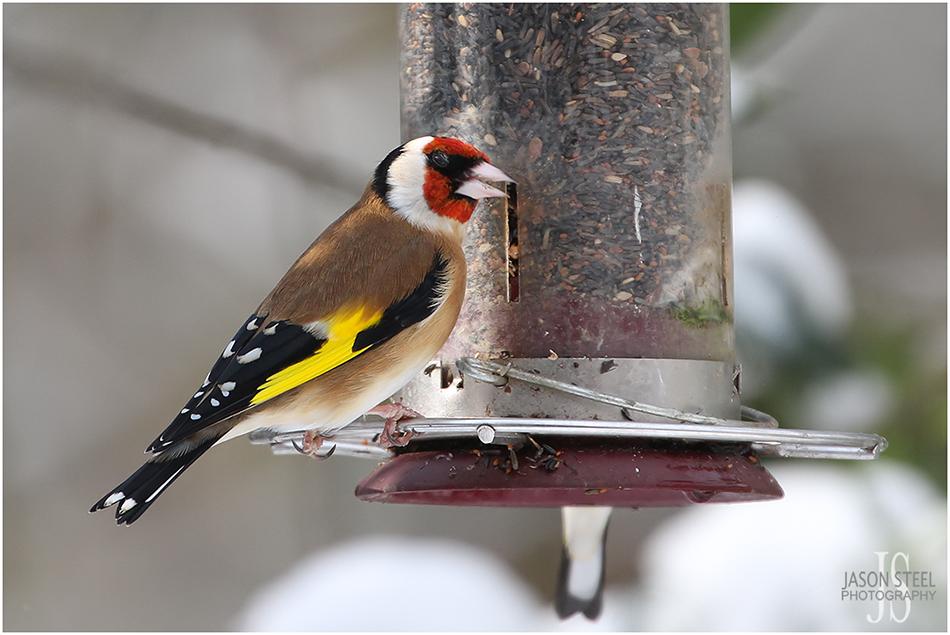
Goldfinch (Carduelis carduelis)
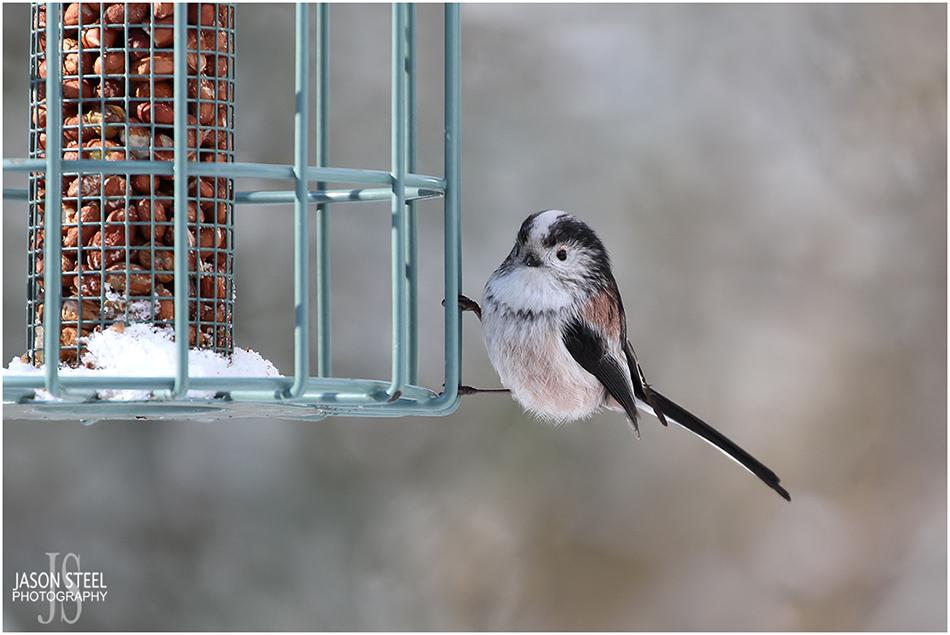
Long-Tailed Tit (Aegithalos caudatus)
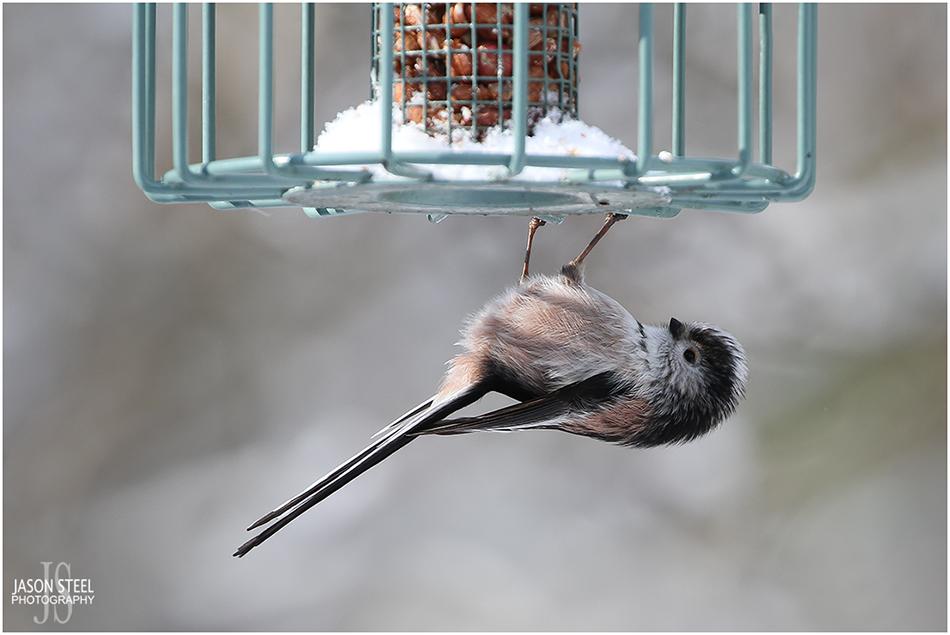

Nuthatch (Sitta europaea)
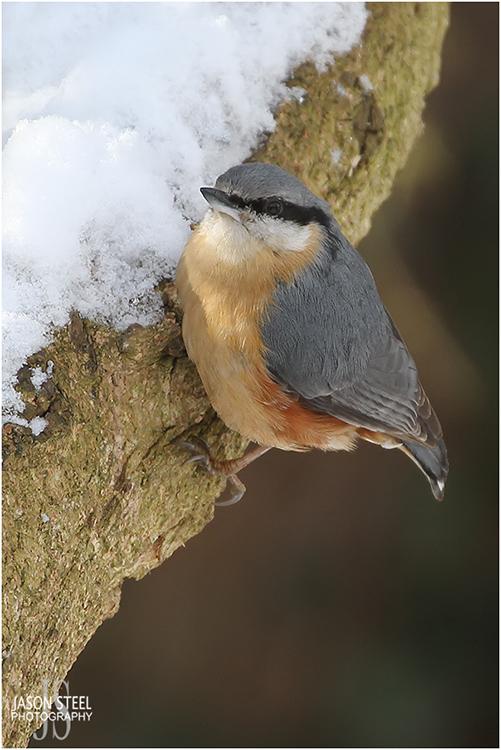
Nuthatch
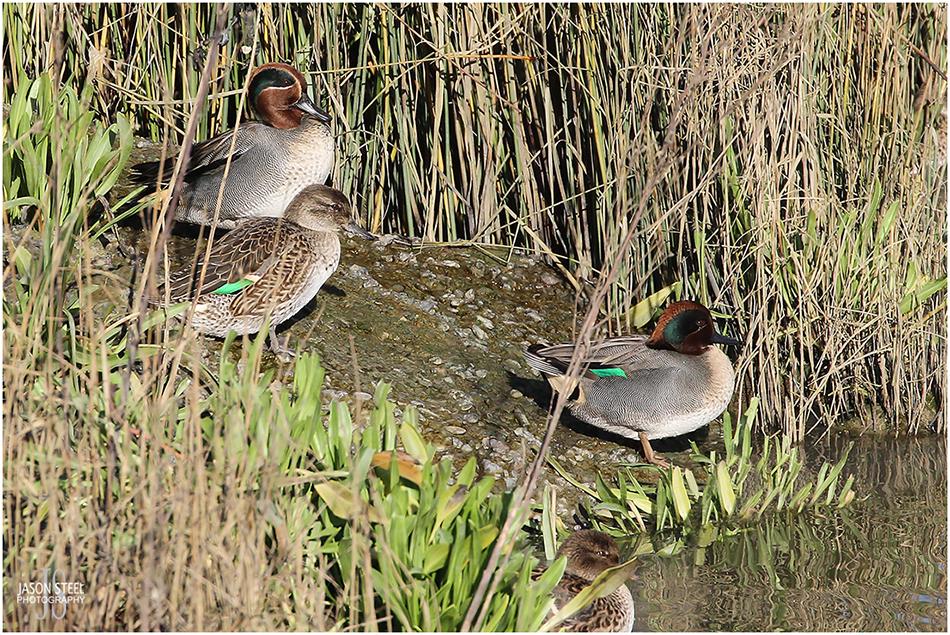
Male and female Eurasian Teal photographed at the River Thames in Belvedere November 2019
Eurasian Teal / Common Teal (Anas crecca)
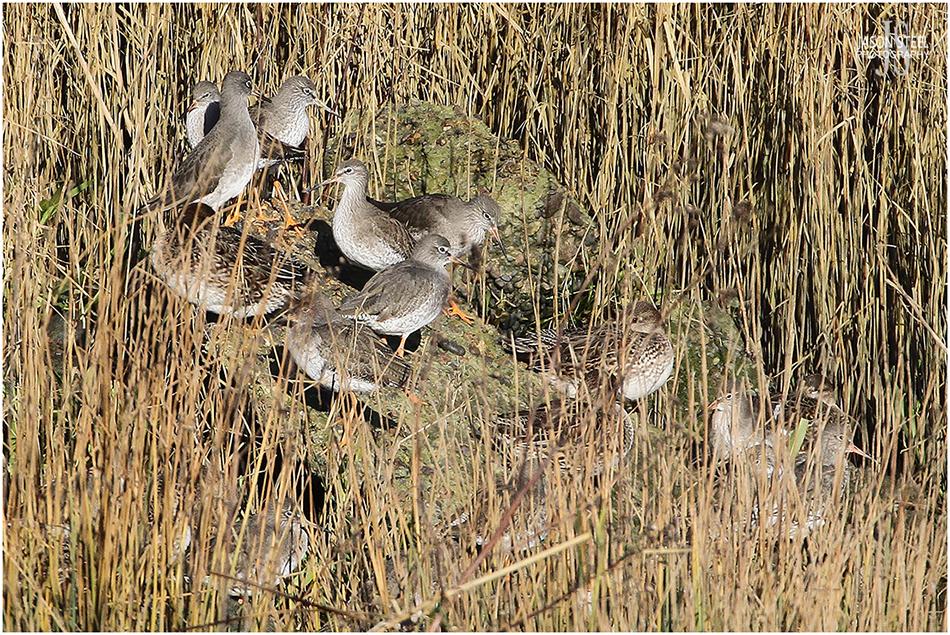
Common Redshank photographed at the River Thames in Belvedere November 2019
Common Redshank (Tringa totanus)
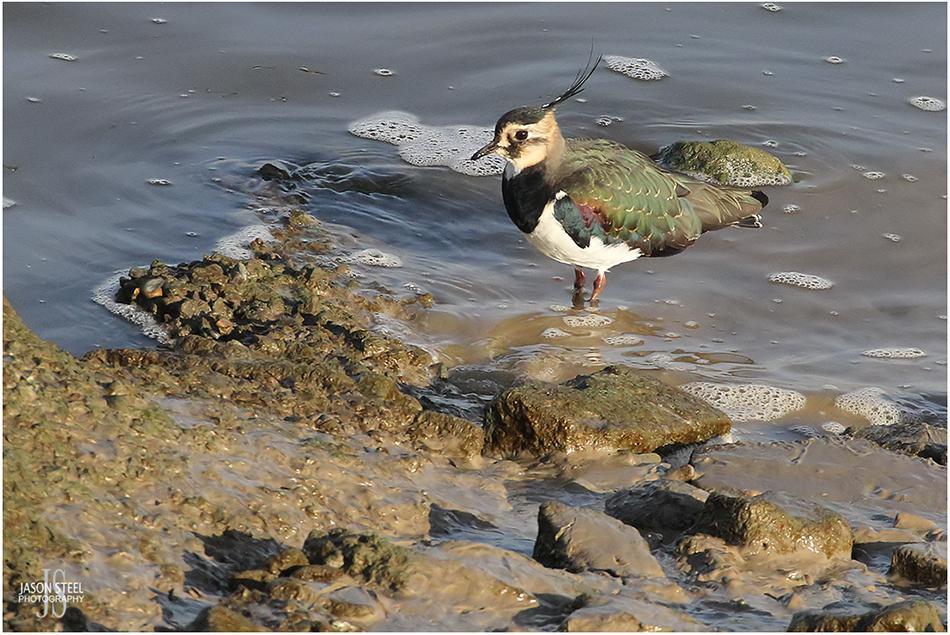
Lapwing photographed at the River Thames in Belvedere November 2019
Lapwing (Vanellus vanellus)
All photos on this page were taken using the Canon 7D Camera and Canon EF 70-300mm f/4-5.6 L IS USM lens.